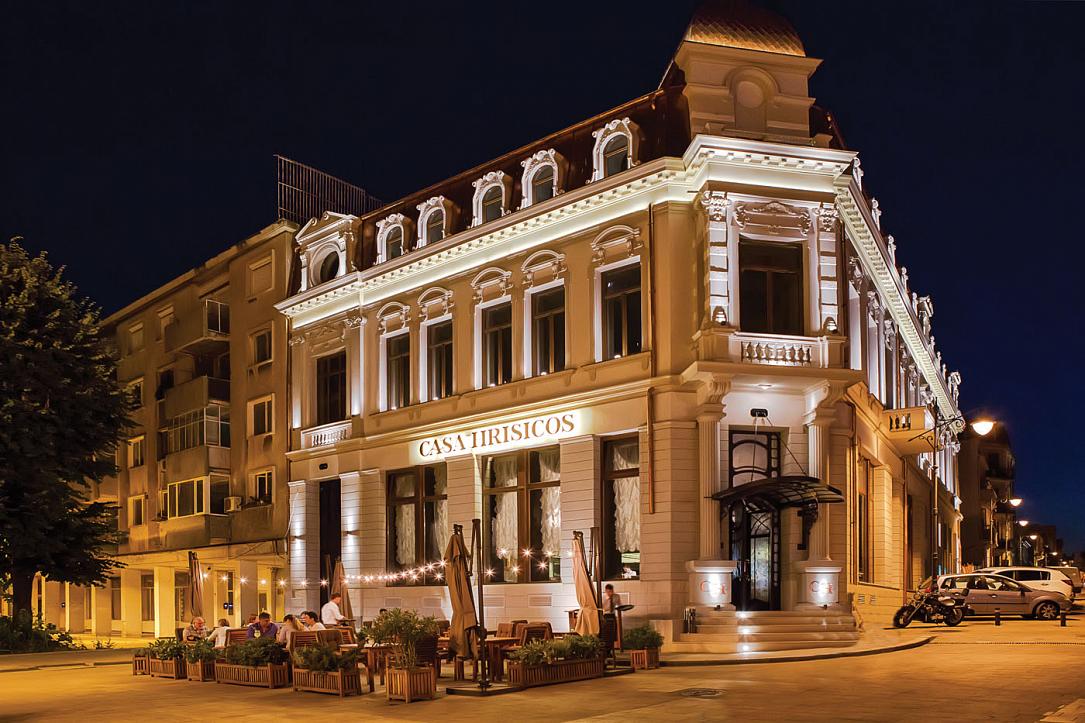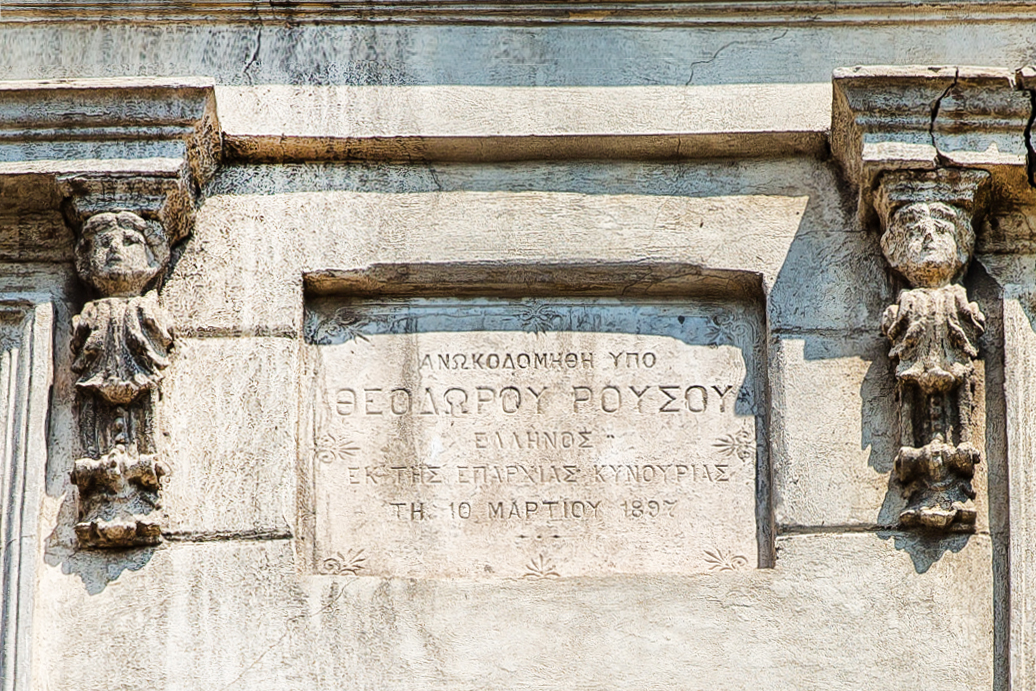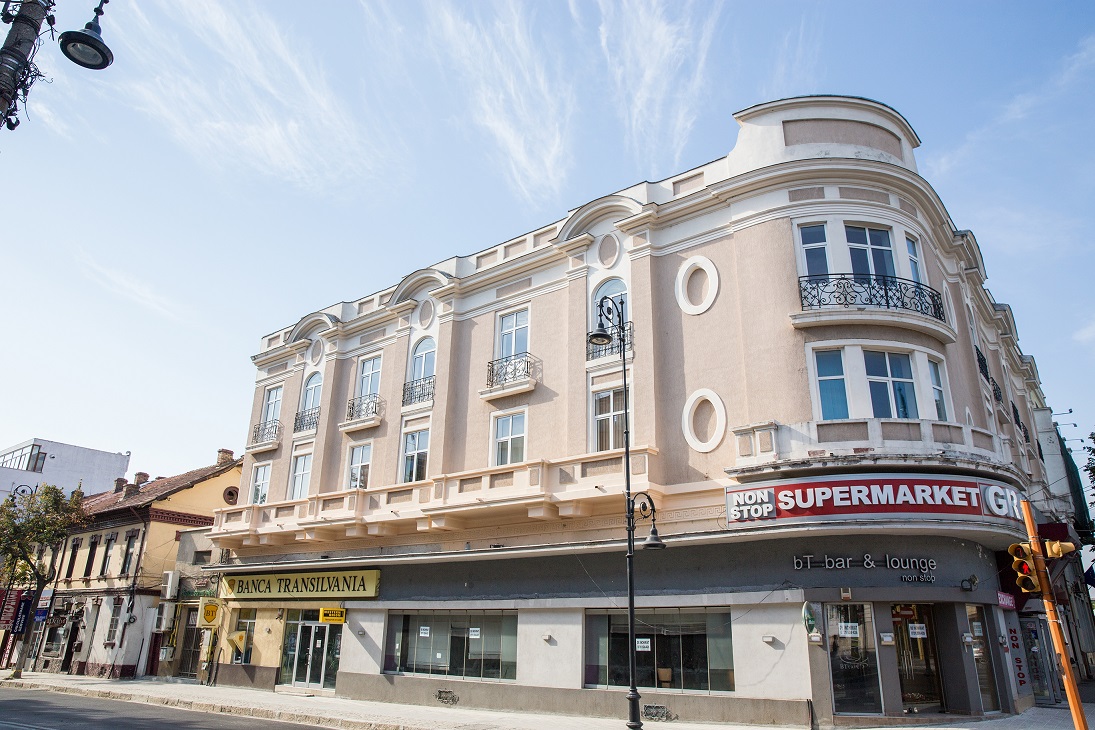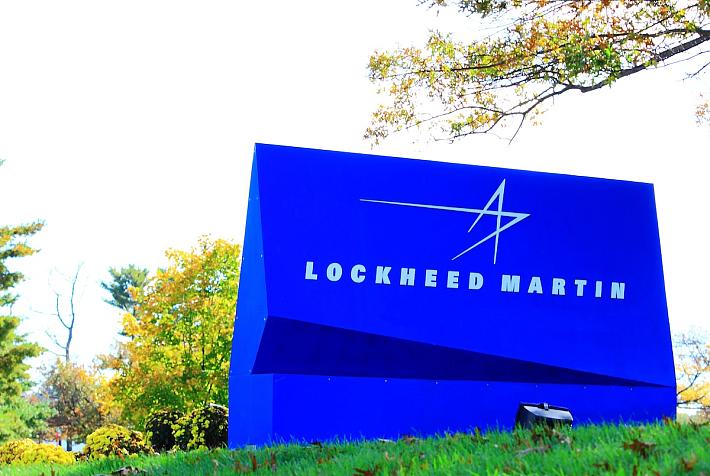Historical buildings in Romanian seaside city up for sale

Three historical buildings in Constanţa, a Romanian seaside city, are now up for sale, Artmark Historical Estate announced. They are the Hrisicos House, the Teodorou Rousou Villa, and the Grand Hotel.
The Hrisicos House (in opening photo), which has a starting price of EUR 3.8 million, was built in 1900, on the plans of French architect Louis Givért, in an Eclectic style, with Neoclassic features and Art Nouveau details specific for the beginning of the 20th century. It inspired the future constructions in the city’s Ovidiu Square.
Built by Gheorghe Hrisicos, a "simple shop boy" who quickly became a well-known wine merchant and owner of central homes, the building was inaugurated in the autumn of 1903 as a luxury hotel. The building was devastated during the First World War and reopened in 1924 as the headquarters of the Popular Bank “Steagul Dobrogei” (Dobrogea’s Flag). During the Second World War, it was the favorite place of German military commanders who supervised the city and the seashore operations. The communist regime nationalized the building and turned it into military garrison and, after major repairs in 1974, it became the “Pelican Hotel”. The building was acquired by the current owners in 2006 and entered an ample rehabilitation and restoration process, with the aim of setting up a hotel.

The Teodorou Rousou Villa, with a starting price of EUR 275,000, is a historical monument and one of the landmark buildings in Constanța’s old town. It was built in 1897, as a “nineteenth century tribute to the great builders of the ancient world.” The building’s first owner was Greek businessman Teodorou Rousou, who made his fortune from shipbuilding, trade and sea transport as well as real estate investments. During the period of the Communist regime, the edifice degraded but alongside other residences such as the Șuțu Villa, the Manicatide House or Constandini House, it is part of the valuable historical and architectural Greek estates of Constanţa.

The Grand Hotel, with a starting price of EUR 950,000, was the city’s first hotel that was fitted with electricity and central heating. The Art Deco-style building opened its doors in 1920, one floor shorter than initially planned. It was owned by the Dumitriu family. In 1940, Dumitru St. Dumitriu took over the business of the hotel, which had a restaurant, a lecture hall and several commercial spaces to rent out on the ground floor. Dumitru St. Dumitriu had spent his youth abroad, from 1926 as a direct representative of the Ford Motor Company, at Trieste, Alexandria and Istanbul. In 1932, he became the representative of the American company in the Balkans. When he took over the hotel, he established the first Ford branch in Dobrogea on the ground floor of the building. He also held the title of honorary Czechoslovakian vice-consul in Constanţa. The family’s inheritors recovered the property and restored the building so that it could once again be used as a hotel or for a different purpose.
(Photos by Artmark Historical Estate)
editor@romania-insider.com













